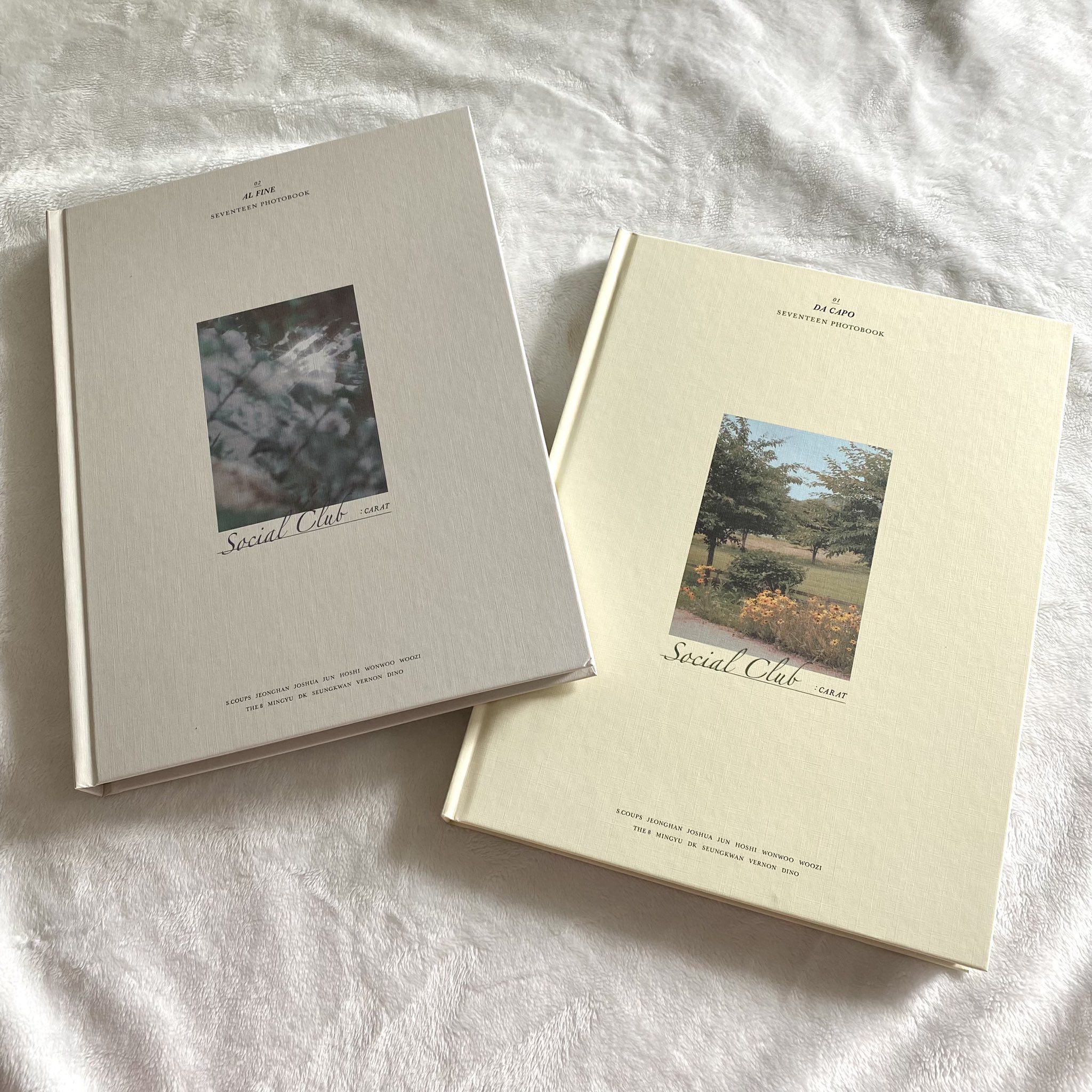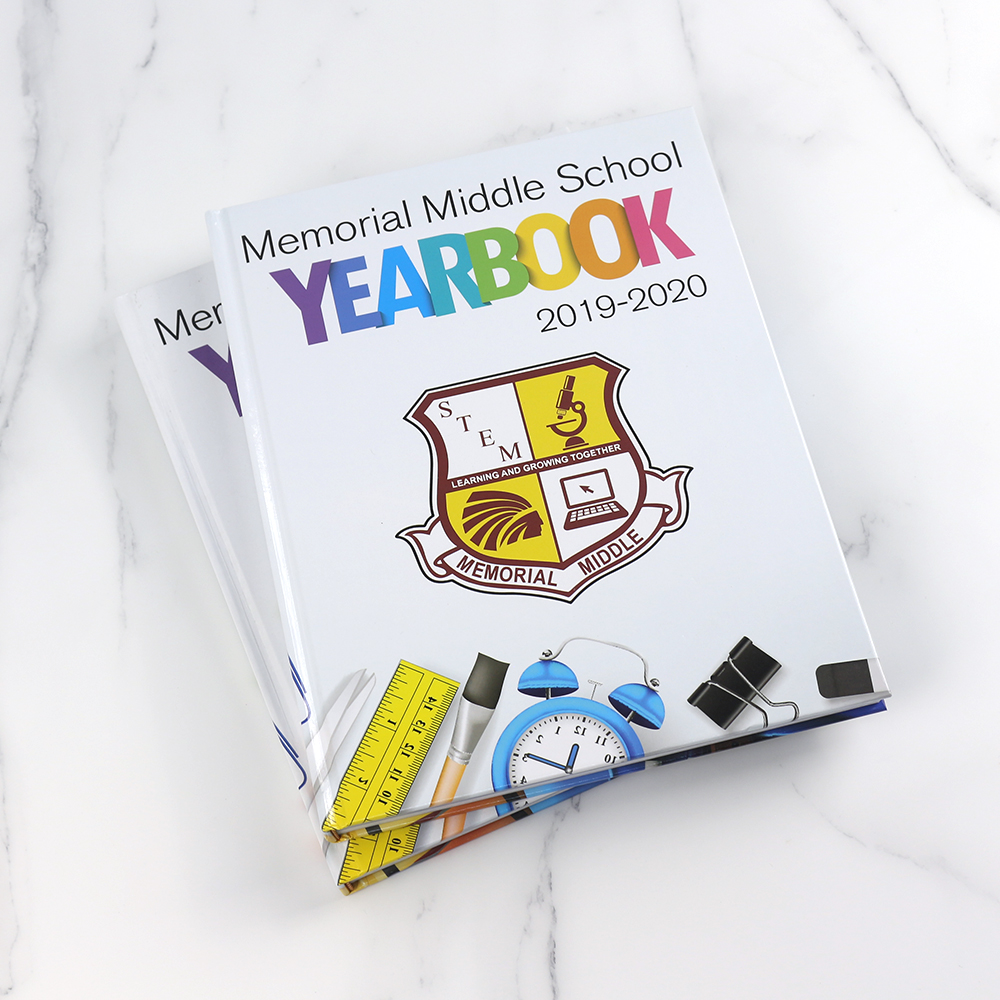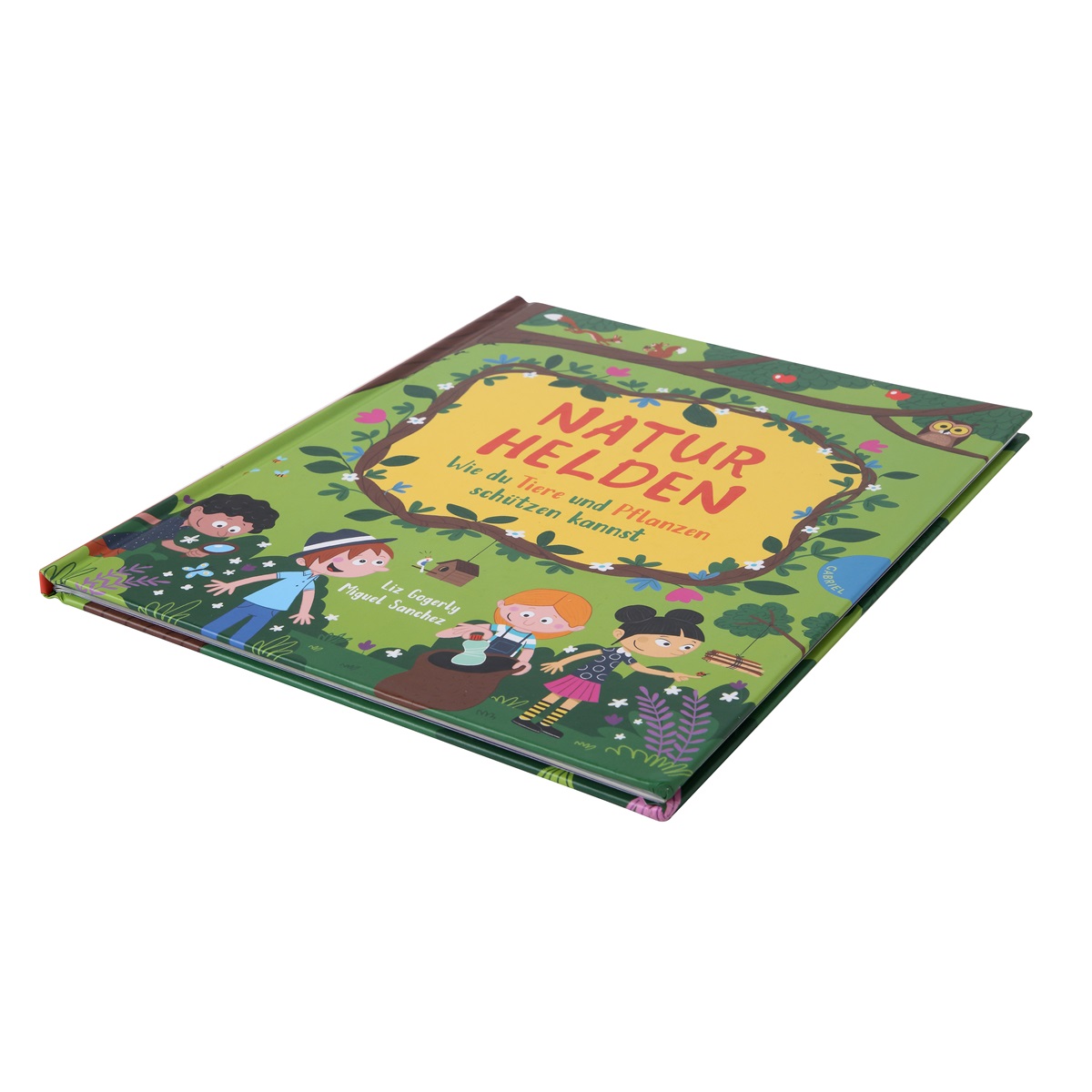How did printing reduce the cost of books?
In recent years, the cost of book printing has seen a significant reduction, thanks to advancements in printing technologies and more efficient production methods. If you’re a publisher, self-publisher, or business considering printing books, understanding how modern printing techniques can lower your costs is essential. This article will delve into the factors that have led to the reduction in printing costs, the role of digital and offset printing, and how publishers can leverage these innovations to achieve more affordable book production.
By the end of this article, you’ll have a clear understanding of the ways in which modern printing has revolutionized the industry, making books more accessible for creators and readers alike. If you’re looking for ways to optimize your book printing project without sacrificing quality, keep reading!
Table of Contents
Why Understanding Printing Costs Matters
Printing costs can be a significant concern for authors, publishers, and businesses, especially when trying to balance quality and budget. With the rise of digital printing and advancements in offset printing, book printing has become more affordable than ever. However, understanding the factors that influence printing costs is key to getting the best value. This article explores how printing techniques have evolved and what steps you can take to reduce the cost of printing books while maintaining quality.
How Digital Printing Revolutionized Cost-Effective Production
Digital printing has transformed the book printing industry, allowing for cost-effective short-run printing. Unlike traditional offset printing, which requires the creation of printing plates, digital printing uses digital files directly to print on paper. This eliminates the need for setup costs, making it an ideal choice for small to medium print runs.
Digital printing’s cost-effectiveness comes from the fact that there are no plate charges, and it can be done on demand. This has helped self-publishers and smaller publishers print books more affordably, particularly when producing limited quantities or test runs.
For instance, printing a book on demand ensures that publishers do not end up with excess inventory. They can print just enough books based on actual demand, which not only reduces printing costs but also saves on storage and shipping expenses.
The Role of Print-on-Demand in Lowering Costs
Print-on-demand (POD) has become a game-changer for authors and publishers alike. POD allows books to be printed as orders come in, eliminating the need for large print runs and excess stock.
The primary benefit of POD is that it reduces upfront printing costs, especially for books that may not sell in large quantities. Traditional publishing models often required authors to print thousands of copies of a book, hoping to sell them over time. With POD, the book is only printed when a customer purchases it, reducing risk and unnecessary costs.
While POD typically has a higher per-unit price compared to large print runs, the absence of overstock and the flexibility it offers makes it an invaluable tool for cost-conscious publishers.
Economies of Scale: The Power of Bulk Printing
One of the most effective ways to lower the cost per unit of books is to increase the print run. The more copies you print, the cheaper each copy becomes. This phenomenon, known as economies of scale, happens because the setup and production costs are distributed across more units.
For instance, printing 1,000 copies of a book costs less per unit than printing 100 copies. However, this strategy works best when there is a guaranteed market for the additional copies. Overproducing books can result in wasted inventory, which can negate any savings made on the unit cost.
Understanding how to balance the economies of scale with your sales projections is key to cost-effective book printing.
The Impact of Order Quantity on Cost per Unit
The quantity of books ordered has a direct impact on printing costs. A larger order generally lowers the unit cost due to the spread of initial setup and production costs over more copies. As mentioned earlier, offset printing is more cost-effective for larger runs, while digital printing is often more economical for smaller runs.
If you’re unsure of how many books to order, it’s advisable to start with a smaller print run and gradually increase the quantity based on demand. This strategy will help you avoid overstocking, saving on storage and potential disposal costs.
Page Count and Its Influence on the Final Price
The number of pages in a book is a significant factor in its printing cost. More pages mean more paper and ink, which directly increases the cost of production. Additionally, thicker books are heavier, leading to higher shipping costs.
To keep costs down, authors should focus on creating concise, well-organized content that delivers value without unnecessary filler. It’s also important to avoid shrinking the font size or reducing margins too much in an attempt to fit more text on a page. While it may seem like an easy way to reduce page count, small text and narrow margins can negatively impact the readability and overall quality of the book.
Choosing the Right Paper for Budget-Friendly Printing
The type of paper you choose for your book can significantly affect printing costs. Paper quality varies widely in terms of thickness, texture, opacity, and color, and each type carries its own price tag.
While premium papers can enhance the look and feel of a book, they can also increase the cost. To save on printing expenses, consider opting for standard paper options that are cost-effective while still providing a high-quality product. In many cases, printers can offer “house sheets,” which are paper stocks that are readily available and less expensive than specialized papers.
For eco-conscious authors, it’s important to note that recycled paper, despite being environmentally friendly, can sometimes be more expensive than virgin paper due to the complex manufacturing process.
Binding Options: How to Save on Production
The binding style you choose for your book plays a significant role in its overall cost. Hardcover binding, while durable and prestigious, is one of the most expensive options due to the materials and labor involved. In contrast, softcover options like perfect binding or saddle-stitching are more affordable.
For books with a smaller page count (typically under 60 pages), saddle-stitching is a highly cost-effective choice. For larger projects, perfect binding offers a balance of quality and affordability, while hardcover binding should be reserved for premium or limited edition books.
Ink and Color Choices: Balancing Aesthetics with Cost
Printing in full color, while visually appealing, is more expensive than black-and-white or grayscale printing. Full-color printing uses four different ink colors (cyan, magenta, yellow, and black), which adds to the cost of production.
Books with high-quality images or illustrations, such as children’s books or photo books, require full-color printing. However, for most text-heavy books, black-and-white or grayscale printing is sufficient and helps keep costs down. If you need color for the cover, consider printing the interior pages in black ink to maintain affordability without sacrificing visual appeal.
Future Trends: How Innovation Will Continue to Drive Down Book Printing Costs
Looking ahead, innovations in printing technologies will continue to push costs down. Advances in digital printing, such as faster and more efficient machines, will help reduce production times and costs. Additionally, the rise of more sustainable and eco-friendly paper options will likely lead to lower material costs.
As new printing methods emerge, authors and publishers will have even more opportunities to print high-quality books at lower prices, while also meeting the growing demand for sustainable publishing practices.
Conclusion: Striking the Balance Between Cost and Quality
In conclusion, the key to affordable book printing lies in understanding the various factors that influence cost. From order quantity and page count to paper choice and binding style, each element plays a role in determining the final price of a book. By making informed decisions and leveraging technologies like digital printing and print-on-demand, authors and publishers can reduce costs without sacrificing quality.
With the right approach, it’s possible to produce high-quality books that are both affordable and commercially successful.
FAQs
Q1. How can I reduce the cost of printing a book without compromising on quality?
By carefully choosing the print method (digital or offset), opting for standard paper, and limiting color usage to essentials (e.g., black ink for text), you can maintain quality while keeping costs low.
Q2. Is print-on-demand cheaper than traditional printing?
Print-on-demand is typically more expensive per unit than bulk printing but eliminates costs for excess inventory, storage, and shipping. It’s ideal for low-demand books or test runs.
Q3.What factors should I consider when deciding between hardcover and paperback?
Hardcover books are more expensive due to their durability and materials, making them suitable for high-end products or special editions. For general publications, paperback options like perfect binding offer cost savings while still maintaining a professional appearance.
Book Printing
New Products
Last Blog

how much does it cost to print a book
When embarking on a book printing project, one of the first questions authors and publishers face is: how much does it cost to print a book? The cost of book printing can vary greatly depending on numerous factors such as the type of book, print quantity,

How Much Does It Cost to Print a Book?
Self-publishing has increasingly become an ideal choice for writers and content creators looking to maintain control over their work from creation to sales. Unlike traditional publishing,
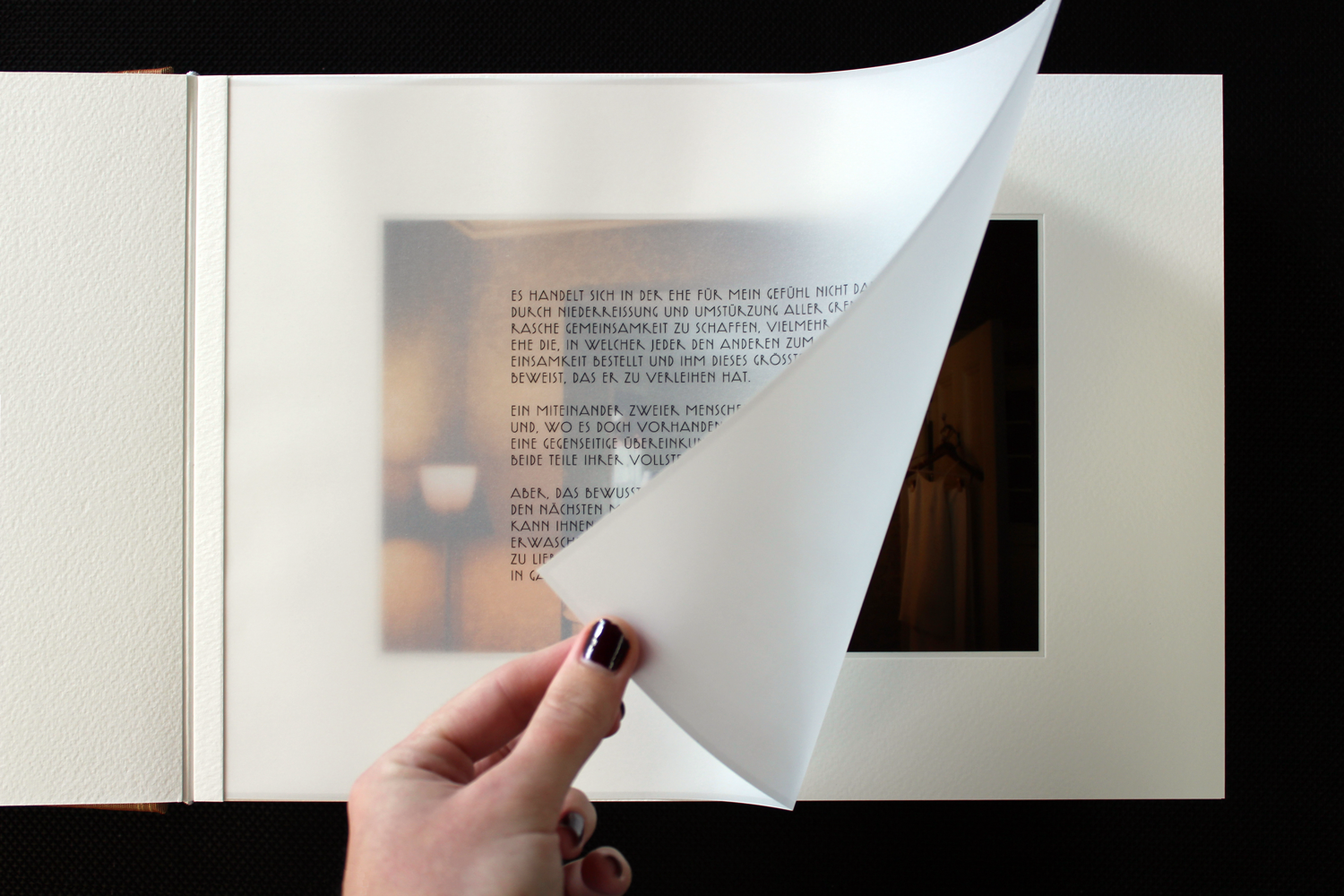
Preserving Memories and Showcasing Work with Quality Photo Book Printing
If you’re diving into self-publishing, one of your primary concerns will be finding economical options for book printing
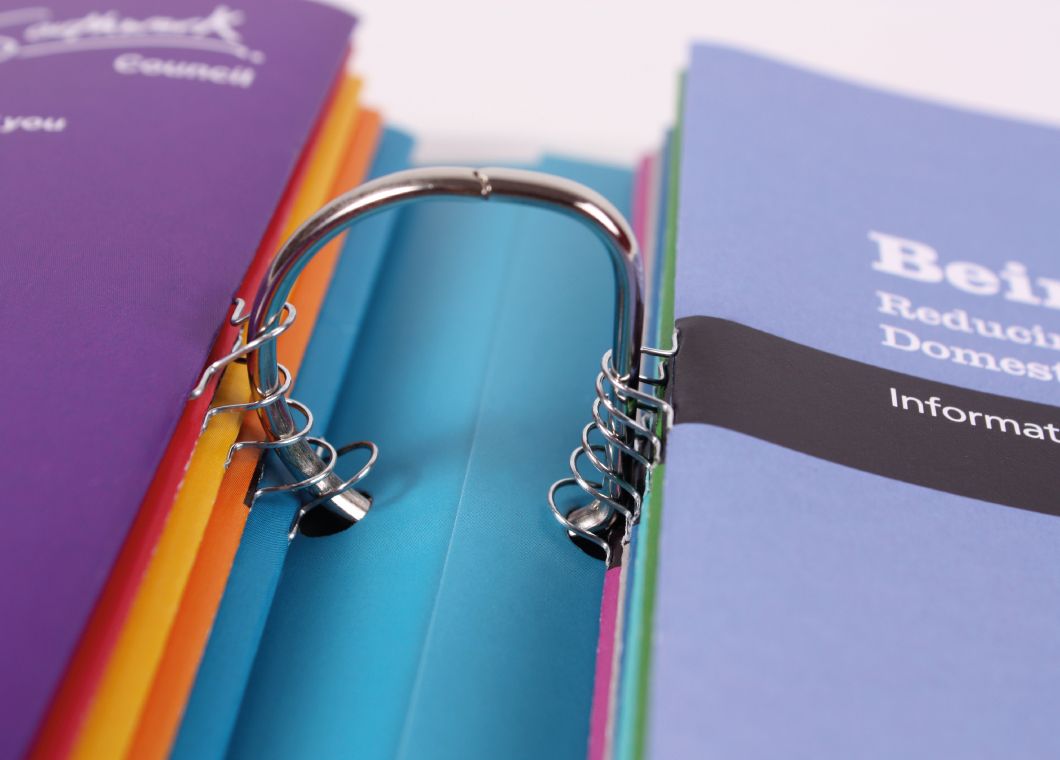
The Comprehensive Guide to Spiral Bound Book Printing
If you’re diving into self-publishing, one of your primary concerns will be finding economical options for book printing
Contact Us
- +86 13946584521
- info@booksprinting.net
- 8:00 - 22:00 (Mon - Sun)
Comments
Related Blog
Find the newest trends and common knowledge in book printing business.
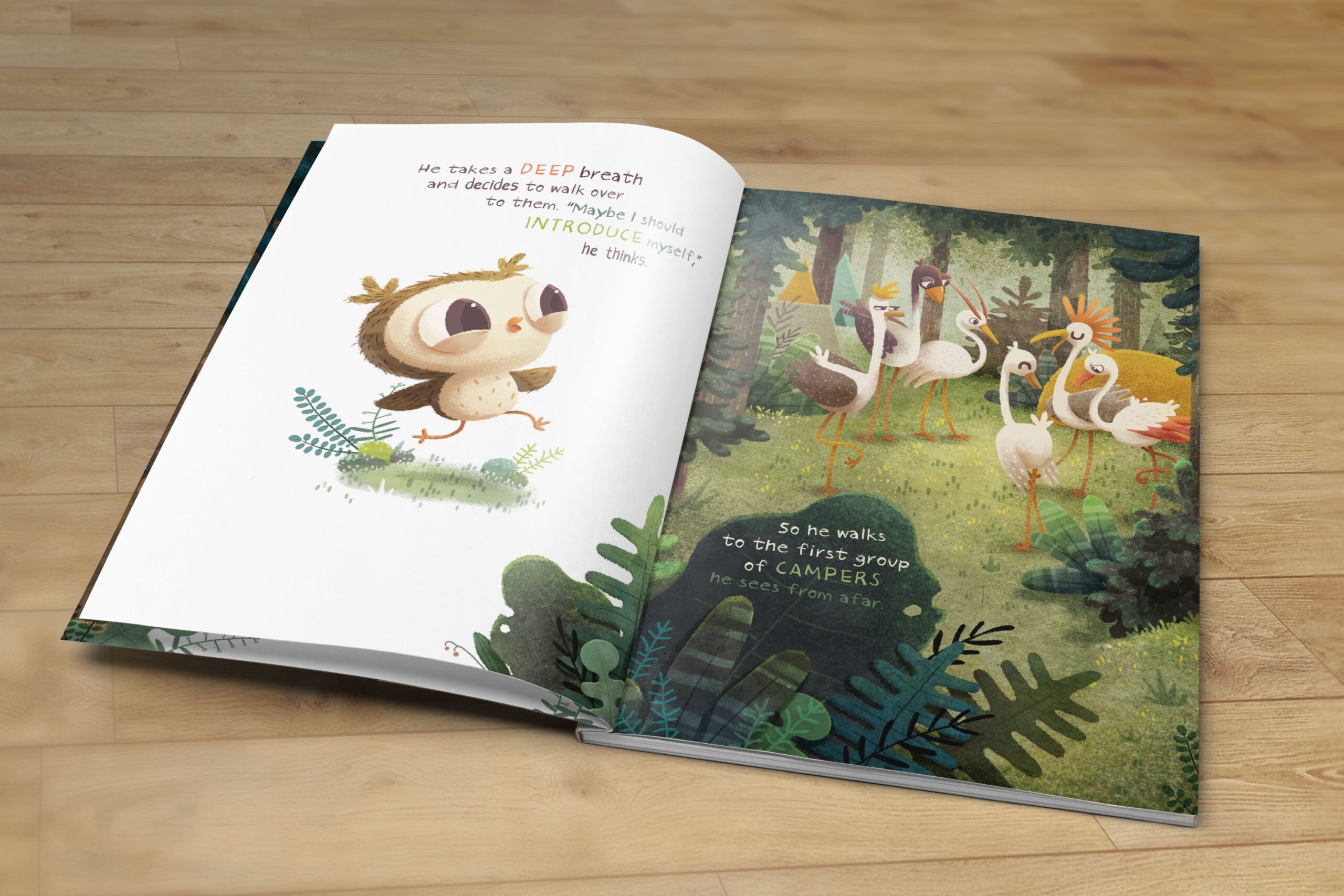
What is the Best Paper for Picture Books?
When it comes to printing picture books, the paper quality plays a pivotal role in the final result. The right paper choice enhances the visual appeal of your illustrations,
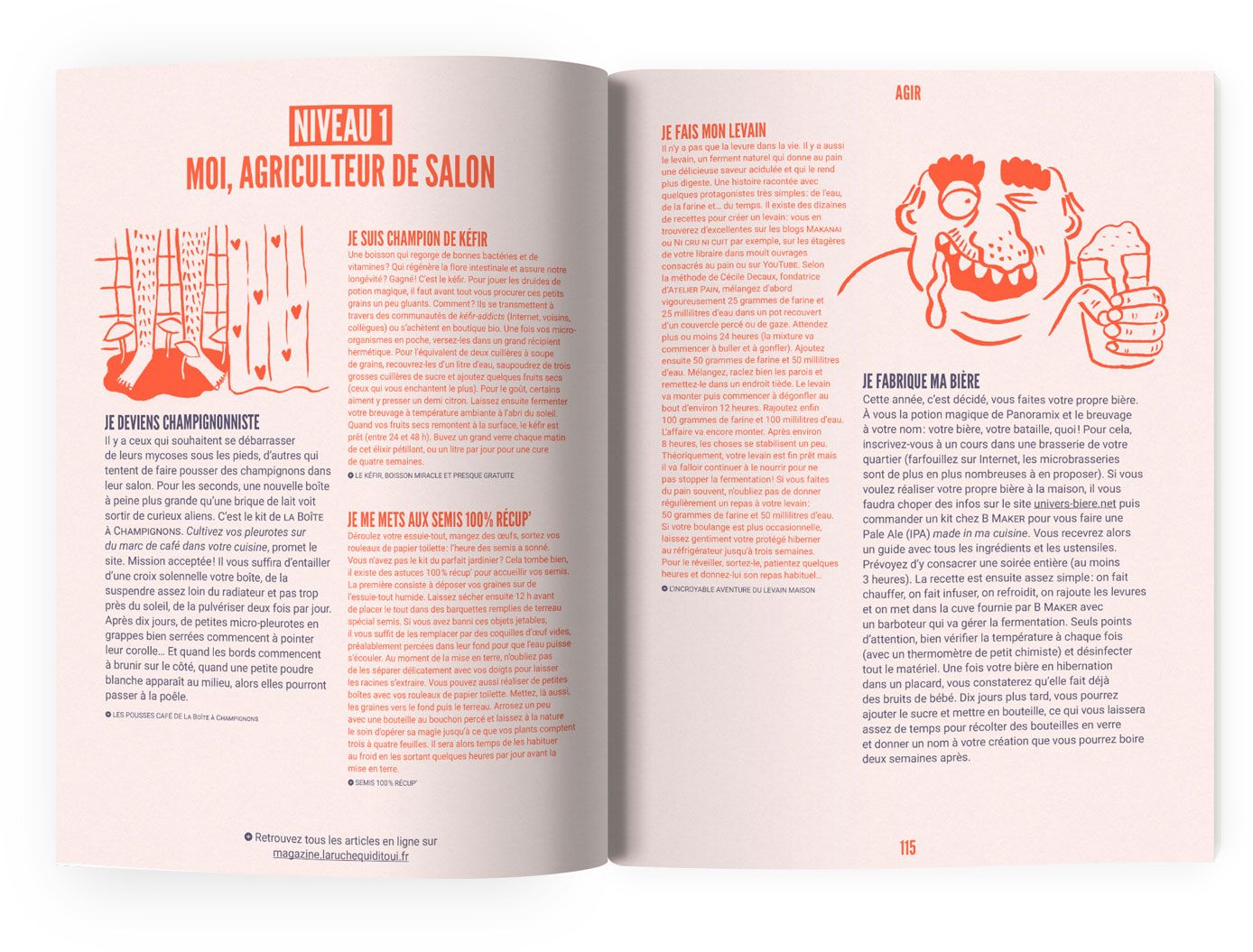
How Much Does Printing Books Cost
Embarking on the journey of self-publishing a book is both exhilarating and challenging. As a book printing factory,

How Much Does It Cost to Print a Hardcover Book?
When considering the cost of printing a hardcover book, many authors and publishers are faced with the challenge of balancing quality with affordability.

How to make a custom luxury coffee table book printing
At Booksprinting, with over 20 years of expertise in offset printing and bookbinding, we are excited to guide you through the intricate journey of creating a custom luxury coffee table book.

